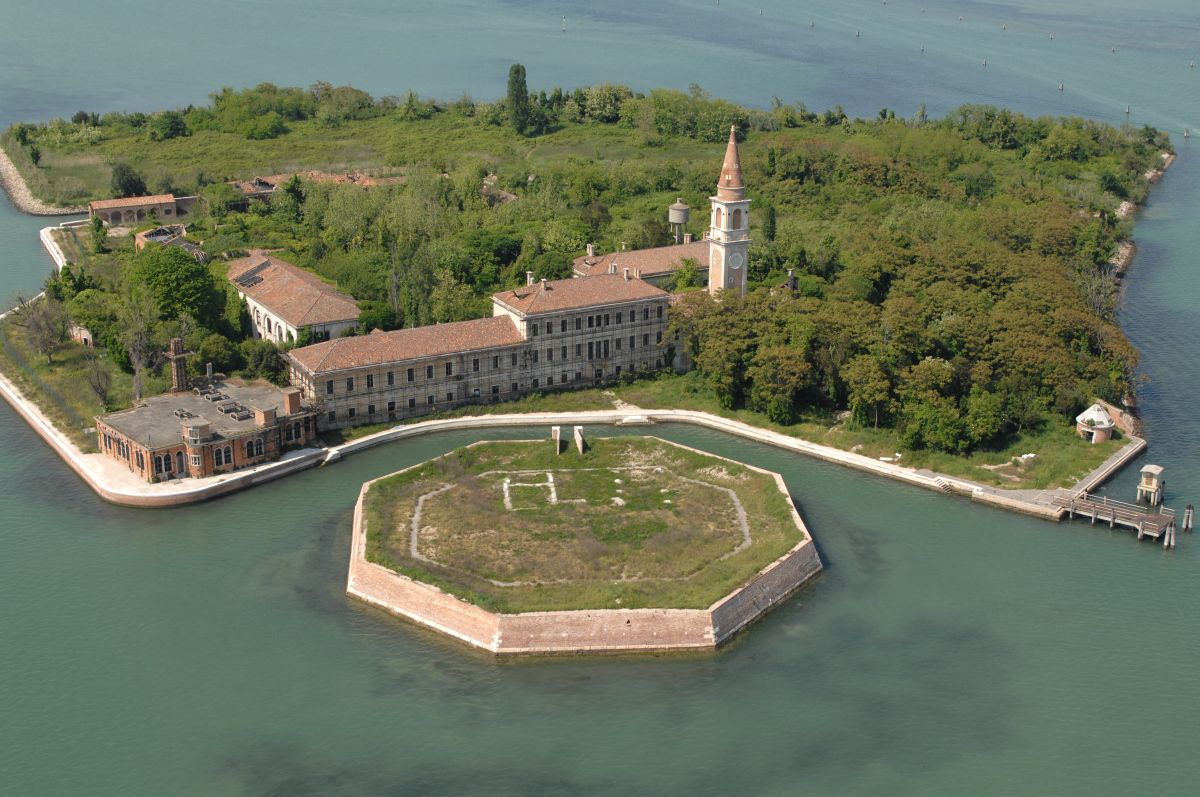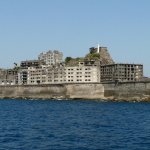
What associations do you have with the word “Venice” – gondolas, romance, carnival masks? But few know what dark secrets the enchanting islands of the Venetian Lagoon hide. Why Venetians avoid mentioning this spooky place and what used to happen there – read our article.
The history of the island
Today no one lives on the island of Poveglia, one of the 166 islands of the Venice Lagoon. The island has long been uninhabited and is guarded 24 hours a day by a sea patrol to ensure that no outsiders enter.
But this has not always been the case. The island was first mentioned in the 5th century as a place of refuge for Italians from the barbarians. In 864, the Doge, the head of state, was assassinated and 200 of his slaves escaped and settled on the island, founding a village. In 1379, Venice was attacked by the Genoese fleet. The population was forced to leave the island and move to Giudecca. From then on, the island remained uninhabited until the day the plague reached Venice.
Venetian infirmary
The first outbreak of bubonic plague appeared on the island of Sicily in 1347; it spread through Italy by leaps and bounds, affecting Venice in 1348. Almost half of the country’s population died from the epidemic. The Italians learned their lesson well: plague travels at the speed of light. And that meant only one thing: all the sick, the dead and even the presumed sick had to be isolated.
Two huge pits were dug on the outskirts of the city where the corpses were piled up, but the number of bodies grew so fast that the pits soon became overcrowded. The bodies were taken to islands where they were separated by water.
This is how the Venetians came up with the idea of the lazzaretto, a hospital built to isolate the infectious from the healthy. The first infirmary was built on an island in the lagoon, which was given the name lazzaretto.
Quarantine on the island was organised by order of the Venetian Doge after a serious plague epidemic in 1348 and lasted until 1630. The hospital and barracks occupied the entire island. During excavations, 1,500 skeletons of people who died of bubonic plague were found on the island. But experts believe there are more inside the island.
“Sick people were lying three to four at a time in the same bed. …. The workers would pick up the corpses and throw them into the pits, knowing no rest. Often the dying or those too weak to move were taken as dead and thrown into the pits as well,” wrote the 16th century chronicler Rocco Benedetti.
Quarantine, crematorium and checkpoint
During the subsequent plague epidemics of the 1570s and 1630s, Povella, along with other islands, served as a place of isolation and, at the same time, as a mass grave. Ships transported not only the sick to the islands, but also those with only mild symptoms, as the authorities feared that the plague would wipe them all out. People spent 40 days there and either died or, much less often, recovered. Thousands of corpses were burned on Powell Island to stop the spread of the disease.
Rumour has it that the topsoil is made up of the ashes left by the burning of the corpses.
In 1777, the Magistrate of Health turned the island into a checkpoint: all ships bound for Venice had to undergo a strict inspection. In 1790, the plague reappeared on two ships, and the island of Povella was again quarantined for 10 years until the 19th century, when the hospital closed for good.
Hospital for the mentally ill
It seemed that the island was destined to become a place for lost souls. In 1922 a hospital for the mentally ill was opened on the island. Not only the insane ended up there, but also the enemies of Mussolini’s political regime. The patients complained that they heard voices inside the hospital walls, but who can be surprised that the mentally ill hear voices?
Legend has it that the hospital’s semi-mystical doctor performed cruel experiments on his patients, often resulting in their death or permanent loss of consciousness. He subjected them to lobotomies without anaesthesia, so that their screams could be heard throughout the hospital. It is said that the cursed doctor went mad and began to hear the voices of the dead. He was forced to climb the bell tower and throw himself from there. Others, however, say that it was the “grateful” patients who helped the doctor to throw himself to the ground.
Be that as it may, karma got the doctor.
The hospital closed in 1968. Patients and staff left the island, which remains deserted to this day. A hospital, a church and a fort still stand on the island’s grounds.
You may also like:


